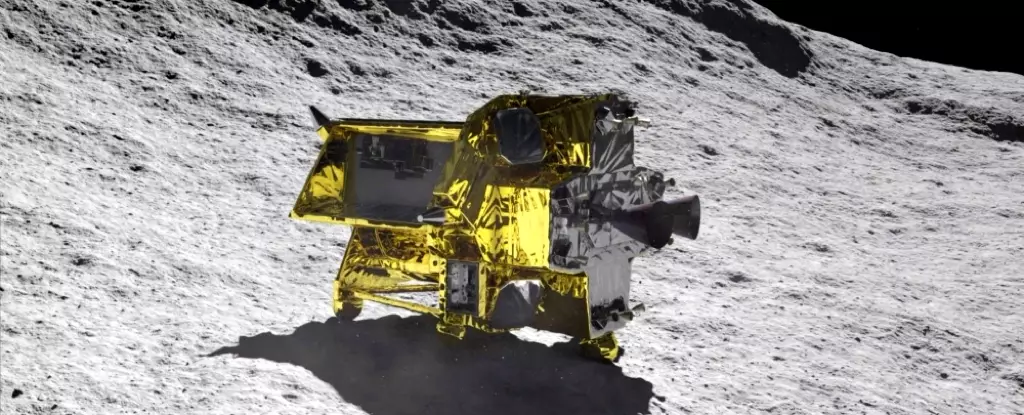Japan’s space exploration efforts have taken a significant step forward as its SLIM space probe successfully entered the Moon’s orbit. Nicknamed the “Moon Sniper,” this ambitious mission aims to achieve Japan’s first-ever successful lunar landing, which is expected to take place next month. The achievement would place Japan among an elite group of countries that have successfully landed probes on the Moon, including the United States, Russia, China, and India. With its cutting-edge technology and precision, SLIM represents a remarkable milestone in Japan’s space exploration journey.
Entering the Moon’s Orbit
On Monday, the Japan Aerospace Exploration Agency (JAXA) confirmed that SLIM had successfully entered the moon’s orbit. This milestone achievement occurred at 04:51 pm Japan time, marking a critical milestone in the mission. JAXA emphasized that the probe’s trajectory shift occurred as planned, with no anomalies detected. This smooth entry into the Moon’s orbit sets the stage for the next phase of the mission – a descent towards the lunar surface.
JAXA has emphasized that SLIM’s landing will be an “unprecedentedly high precision landing” on the Moon. Unlike previous missions that landed several kilometers away from their intended targets, SLIM’s margin of error is expected to be under 100 meters. Achieving such accuracy has been a long-standing challenge in lunar exploration, but through 20 years of dedicated research and development, Japanese researchers have made it possible. The lander’s ability to pinpoint targets like craters and rocks on the lunar surface brings a new level of accuracy and precision to the field.
One of the key innovations of the SLIM mission is the spherical probe developed in collaboration with a toy company. This compact probe, slightly bigger than a tennis ball, can change its shape to navigate the lunar surface effectively. This technology enables SLIM to achieve its impressive level of accuracy and move with precision towards its intended landing site. By harnessing the power of advanced technology, Japan aims to overcome the challenges of lunar exploration and bring scientists closer to unlocking the mysteries surrounding water resources on the Moon.
Significance for Lunar Permafrost Sampling
SLIM’s high precision is not only crucial for the mission’s success but also holds significant implications for scientific research. The mission’s exactitude is expected to make sampling of lunar permafrost easier, which has been a long-standing goal for scientists studying the Moon. This advancement brings researchers one step closer to uncovering the mysteries surrounding water resources on the Moon. By accurately targeting and analyzing lunar permafrost samples, scientists can gain valuable insights into the Moon’s history and its potential as a resource for future space exploration.
Japan’s journey to a successful lunar landing has not been without obstacles. The country faced two previous failures, both in the public and private sectors. In the United States’ Artemis 1 mission, Japan’s lunar probe named Omotenashi did not achieve its intended objective. Similarly, the Japanese startup ispace encountered difficulties and lost communication with its craft during an attempted landing on the Moon. Despite these setbacks, Japan’s relentless pursuit of lunar exploration has led to valuable lessons and significant progress.
Japan’s SLIM mission represents an exciting advancement in the country’s space exploration endeavors. With its successful entry into the Moon’s orbit, SLIM is now poised to make a high-precision landing on the lunar surface – a feat previously thought impossible. The mission’s groundbreaking technology and unprecedented level of accuracy open new possibilities for lunar exploration and scientific research. By pushing the boundaries of what is achievable, Japan is taking humanity one step closer to unraveling the mysteries of the Moon and paving the way for future space exploration achievements.



Leave a Reply